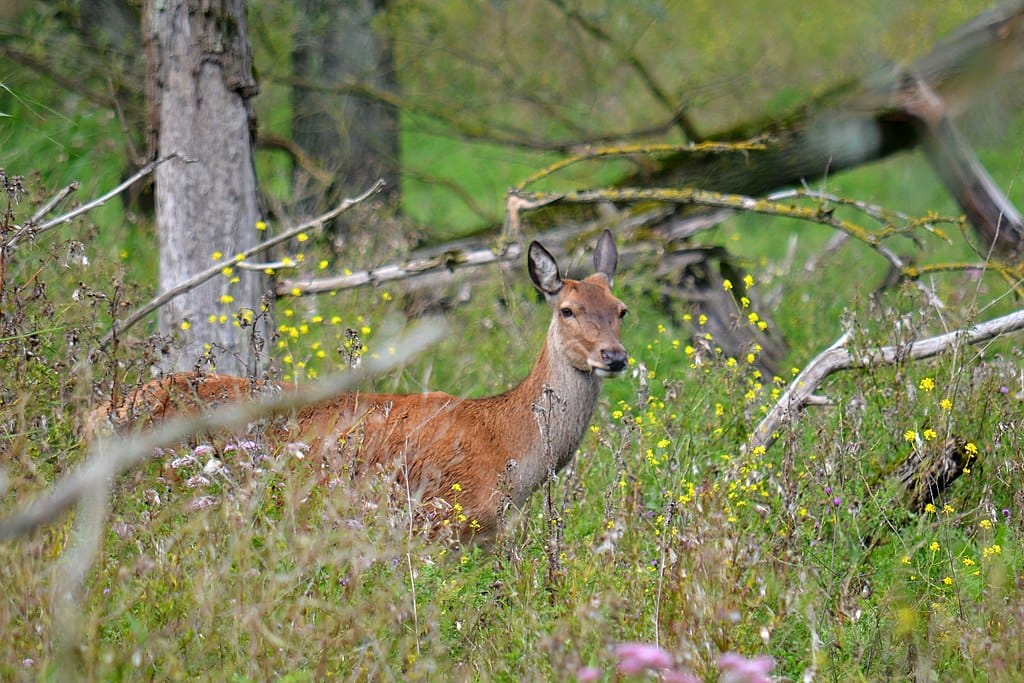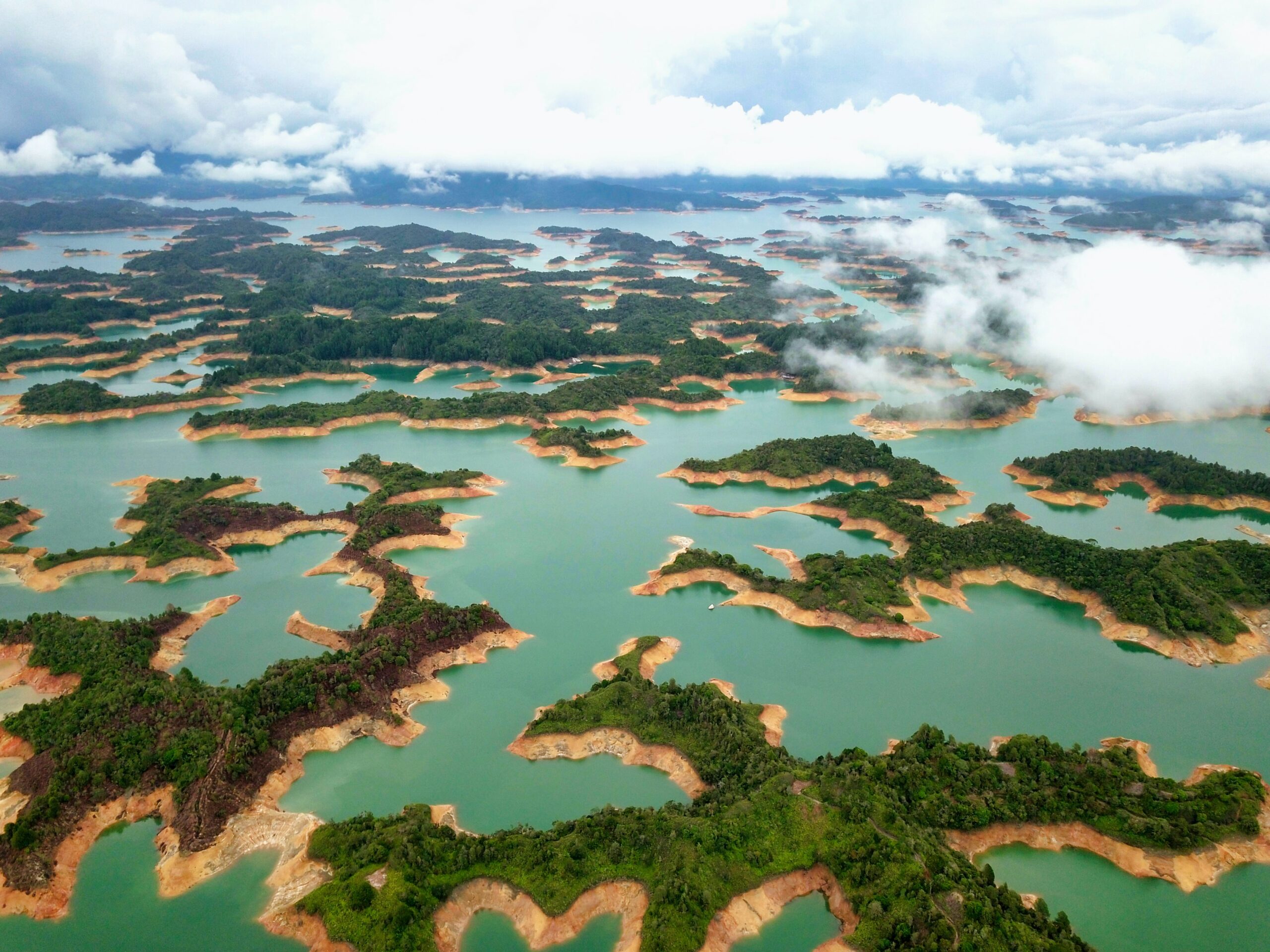
This article was originally published on Rewilding Britain.
“Natural capital accounting poses many challenges for classical economic models, not least for its internalisation of intangibles, long time horizons and finite boundaries (we have only one planet). Nevertheless, it is an essential complement for the discipline of economics through recognition of the crucial role nature plays in supporting economic activity and, indeed, of civilisation itself.
Similarly, rewilding has challenged more orthodox conservation thinking, questioning the sharp division of landscapes into defined habitat types with clear and distinctive suites of associated species. It persuasively argues that historic land use practices can be replaced with more natural drivers of wildlife diversity. Both approaches are long overdue developments that will be of lasting importance as we face the environmental and social challenges of the 21st Century.
Given that rewilding works best at scale, and especially in landscapes bereft of wildlife and cherished historical features, the rewilded areas can be classed as natural assets in any natural capital accounting exercise. Alongside the increased wildlife in such areas these natural capital assets will draw down carbon, improve water and air quality, and, in most cases, provide human enjoyment, all of which are acknowledged benefits of other natural capital assets.”
Read on at: Rewilding Britain












